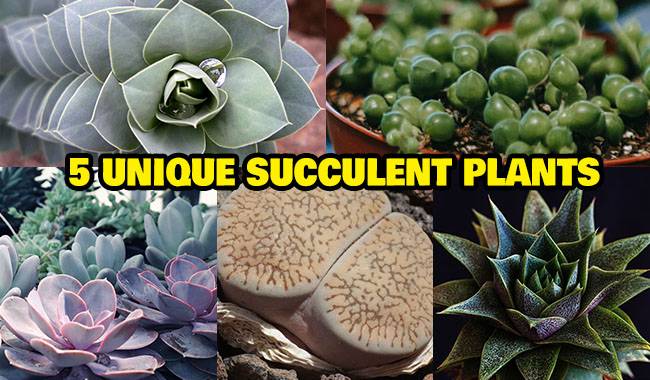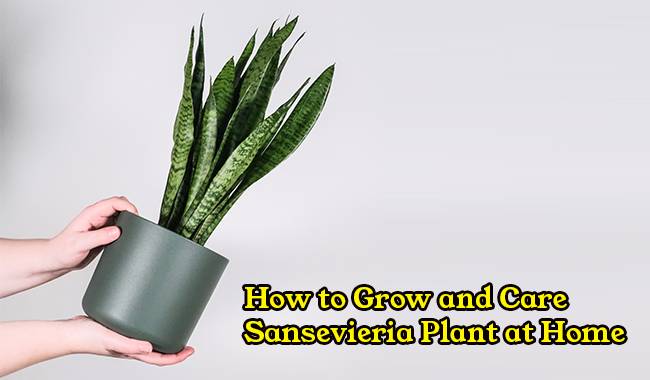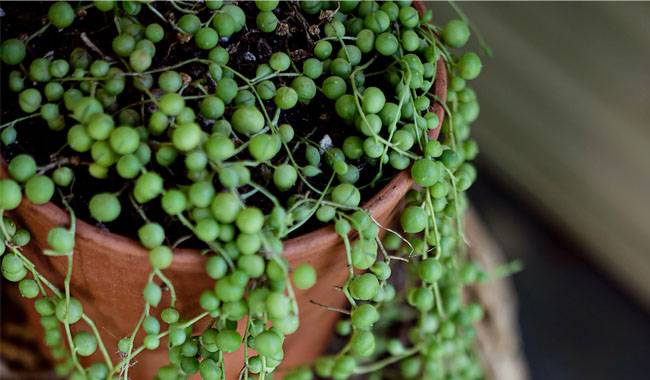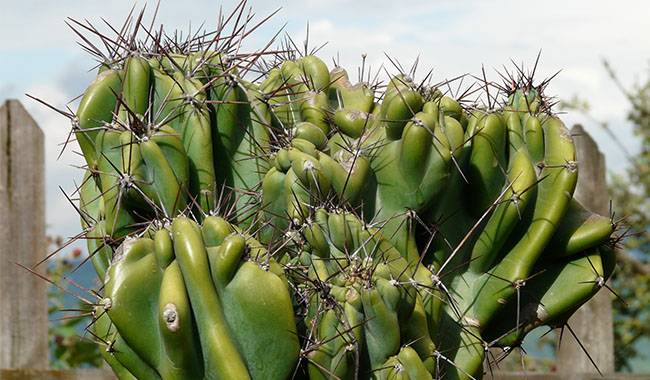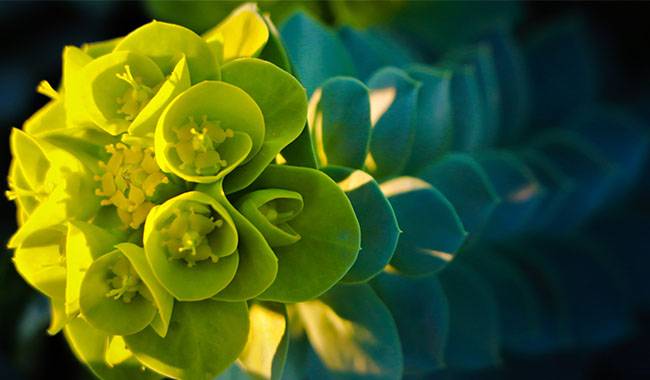
Spurge, also known as Euphorbia, is the most numerous and well-known genus of plants in the Euphorbiaceae. It includes about 2,000 species of plants, which are very different from each other. Under natural conditions, they can be found in subtropical, tropical, and temperate regions.
Most of these species are adapted to indoor cultivation. And most of these plants come from the subtropical regions of Central America and Africa. Most are succulents with thickened stems that are capable of storing water. When grown indoors, Spurge is not affected by low humidity and irregular watering.
There are some species that are very similar to Spurge, such as cactus and African milk tree. They also resemble beautiful flowering plants (pins and needles).
The sap of almost all Spurge species contains the toxic substance spurgein. Some species may be more toxic, others less so. This sap can cause skin burns, gastrointestinal disorders, and inflammation of the mucous membranes of the nose and eyes. Therefore, you should be extra careful when transplanting and propagating this type of plant. Spurge should also be kept out of the reach of pets and small children.
Spurge plants are appreciated for their very showy shapes, low maintenance requirements, and longevity. Most of them do not lose their attractive appearance, even after many years.
SPURGE CARE IN THE HOME
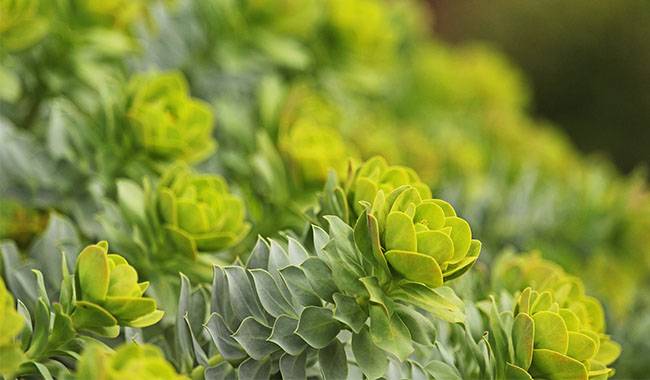
They are easy to keep in the living room, as most of them are quite undemanding. They resist dry soil, are not infested with pests, and feel good in southern windows.
Temperature Range
Temperatures should range from 68-77 °F (20-25°C) in the summer and around 60 °F (16°C) in the winter. Species like the pinsettia need a cold winter, while all other species can maintain normal room temperature in winter.
Lighting
These are light-loving plants and are best placed in a south-facing window. If Spurge receives little light and stays warm during the winter, its shoots will become very slender and lose their ornamental qualities. During the warm season, absolutely all species can be moved outside.
Humidity
Spurge tolerates low humidity very well. However, for hygienic reasons, regular spraying with warm water (to remove dust) is recommended.
How to water
Watering depends entirely on the type of plant. However, almost all succulents are watered very infrequently. For example, in winter, it should be watered once every four weeks and should not be allowed to dry out completely. During intensive growth and flowering periods, water more often.
Fertilization
Fertilization should be done in spring and summer. Use fertilizer specifically for houseplants or cacti.
Transplanting Spurge
Almost all Spurge species are slow-growing, so transplant only when necessary. Smaller hammers can be put in shallow pots, while taller plants can be put in heavy and deep enough pots. A good drainage system is required.
Soil
Soil should be loose and should not allow excessive root expansion. A suitable soil mixture includes equal proportions of leaf soil, turf and peat soil, and sand. The addition of some brick ash or perlite is also recommended. A soil mixture for Spurge potting is also appropriate.
Propagation of Spurge
Propagate by cuttings. Allow the cuttings to dry for a few hours before planting. Cuttings can also be left uncovered but should be placed in a warm place. Rooting is quick and easy.
Pests and diseases
Almost all species are not susceptible to diseases and pests.
More Related Information About Indoor Plants




